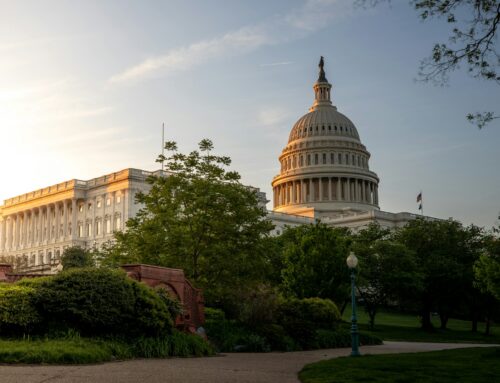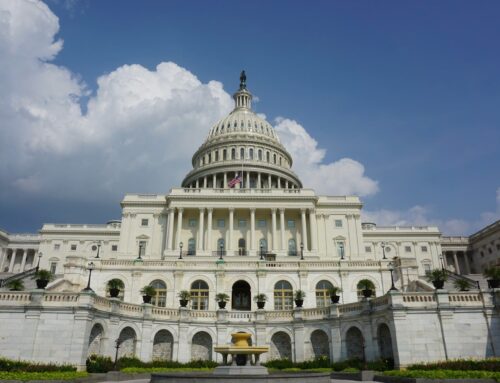At Taxpayers for Common Sense, we spend our days looking for ways to cut wasteful spending of your tax dollars. So when we heard the Trump Administration was putting together a list of so-called “rescissions” we were cautiously optimistic.
The rescission process was formalized way back in 1974 when the Congress passed the Congressional Budget and Impoundment Control Act in response to concerns about too much spending power being concentrated in the Executive Branch. Specifically, President Richard Nixon had refused to obligate $12 billion the Congress had appropriated and he eventually “impounded” those funds.
The legislation established the Budget Committees in both chambers as well as the Congressional Budget Office (CBO). It set up a process whereby Congress is supposed to pass a Concurrent Budget Resolution and meet a specific set of calendar deadlines. Spoiler alert: Congress hasn’t met those deadlines in years, but that’s the topic for another Weekly Wastebasket.
And now we get to the idea of “rescissions,” a lesser known and used provision of the 1974 Act. The legislation established a process for clawing back or rescinding appropriations, “Whenever the President determines that all or part of any budget authority will not be required to carry out the full objectives or scope of programs for which it is provided…”
Cutting expired or unobligated funds that have been on the books for years – and in some cases decades – is just common sense. So, as we said earlier, we were looking forward to seeing a thorough vetting of unspent federal dollars and hoping for some dramatic announcements.
Instead, most of the list released this week seems like a cherry-picked set of reductions noteworthy mostly in what they do not touch. Nothing is being taken away from the Pentagon, which is the largest portion of the discretionary budget. Also not losing a dime – the Army Corps of Engineers, which we’ve repeatedly called out for wasteful spending; or the Department of Homeland Security, whose budget undoubtedly has bloat that can be trimmed.
The good news, however, is that there are several programs worth cutting. Many of these funds were appropriated a decade or more ago. In at least one case at the Department of Transportation the money appears to have been approved by the Congress a full 20 years ago – that would be during the Clinton Administration. It’s hard to argue that funds that haven’t been obligated for two decades should remain on the books.
We’re also on the record opposing loan guarantee programs so we’re not going to shed any tears for the Alternative Technology Vehicle Manufacturing and other programs in the Department of Energy.
A $20 trillion national debt, with growing daily net interest, requires us to make much tougher choices than what we’ve seen today in this rescissions request. Rescission of expired funds does not reduce current year outlays, so the largest cut to FY 2018 outlays is the elimination of the $2.3 billion contingency fund for the Children’s Health Insurance Program – a cut that will likely meet with resistance in Congress, given the bipartisan support for this program.
One important thing to understand in a rescission discussion is that no actual money is being returned to the U.S. Treasury. Appropriations bills give the government the legal authority to spend money but they do not actually transfer money. If appropriations for a particular program are rescinded, since the budget authority was never obligated, there are no funds to revert back to the Treasury.
We’re not done asking the questions and demanding that the government make wiser choices with the taxpayer’s dollar. And, evidently, the Trump Administration plans to propose further rescissions in the coming months. We have one suggestion for them: check the couch cushions at the Pentagon. We’re pretty sure you’ll find plenty of spare change.











Get Social